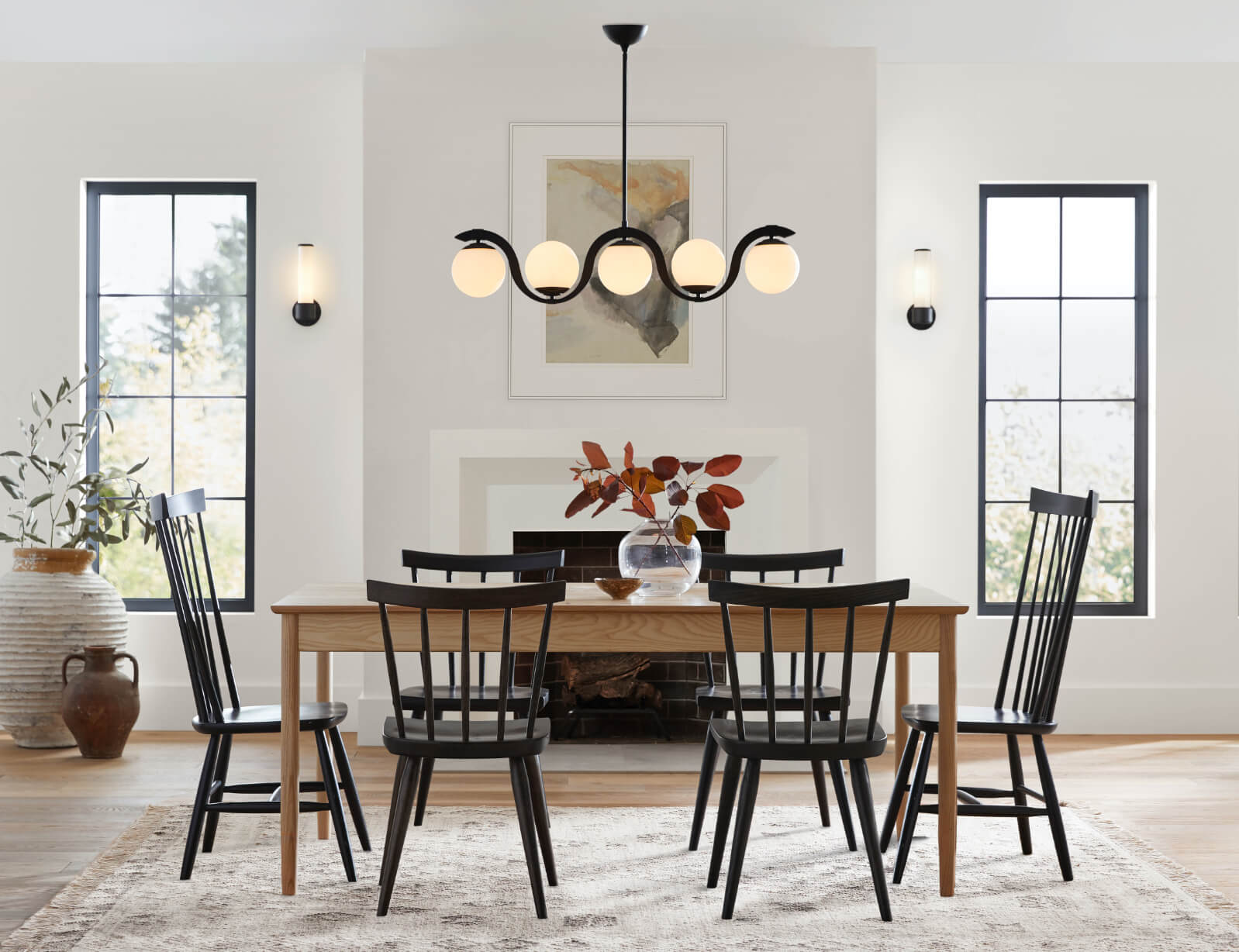Kitchen sink drama is known for its realistic portrayal of working class life. It often depicts the struggles and hardships faced by ordinary people in their daily lives. This realism is achieved through the use of authentic dialogue, relatable characters, and a focus on mundane and everyday situations.Realism
The working class is a central theme in kitchen sink drama. These plays and films often explore the lives of characters from lower socioeconomic backgrounds, highlighting the challenges they face in a society that is often dominated by the upper class. This focus on the working class gives a voice to those who are often overlooked in mainstream media.Working class
The domestic setting is a key element in kitchen sink drama. These stories take place in the home, specifically in the kitchen, which is often seen as the heart of the household. This domestic setting allows for an intimate look at the characters and their relationships, as well as providing a backdrop for the everyday struggles and conflicts they face.Domestic setting
One of the defining characteristics of kitchen sink drama is its focus on everyday life. This genre is known for its portrayal of ordinary people and their struggles, rather than the glamorous and fantastical lives often depicted in mainstream media. By shining a light on the mundane, kitchen sink drama highlights the universal experiences and emotions that we all share.Everyday life
Kitchen sink drama is often used as a vehicle for social commentary. Through the struggles and conflicts of its characters, these stories aim to comment on larger societal issues such as class, gender, and race. By delving into these topics, kitchen sink drama challenges viewers to think critically about the world around them and the systems that govern it.Social commentary
In kitchen sink drama, the characters are the driving force behind the story. These plays and films focus on the inner lives and relationships of their characters, rather than relying on plot-driven narratives. This character-driven approach allows for a deeper exploration of the human experience and the complexities of human relationships.Character-driven
As mentioned before, kitchen sink drama is known for its portrayal of ordinary people. These are characters that are relatable and often face struggles and challenges that many viewers can identify with. By focusing on ordinary people, kitchen sink drama humanizes its characters and allows for a deeper connection with the audience.Ordinary people
Kitchen sink drama often elicits strong emotional reactions from its viewers. This is due to the emotional intensity of the stories and the raw and realistic performances from the actors. These stories often tackle heavy themes and delve into the depths of human emotion, leaving a lasting impact on those who experience them.Emotional intensity
One of the defining characteristics of kitchen sink drama is its confrontational nature. These stories are not afraid to tackle taboo topics and challenge societal norms. This often leads to uncomfortable and thought-provoking moments that force viewers to confront their own beliefs and biases.Confrontational
Kitchen sink drama is known for its use of authentic dialogue. This includes regional dialects, colloquialisms, and slang, which adds to the realism of the stories. This type of dialogue also allows for a deeper understanding of the characters and their backgrounds, as well as giving a sense of authenticity to the overall story.Authentic dialogue
Features of Kitchen Sink Drama

A Unique Perspective on Realistic Life
 One of the defining features of kitchen sink drama is its emphasis on portraying the everyday struggles and experiences of working-class individuals. Unlike traditional theatre, which often focused on the lives of the upper class, kitchen sink dramas presented a more realistic and relatable perspective. This was a significant departure from the standard melodramatic and romanticized portrayals of working-class life in the media at the time.
One of the defining features of kitchen sink drama is its emphasis on portraying the everyday struggles and experiences of working-class individuals. Unlike traditional theatre, which often focused on the lives of the upper class, kitchen sink dramas presented a more realistic and relatable perspective. This was a significant departure from the standard melodramatic and romanticized portrayals of working-class life in the media at the time.
Intimate Settings and Domestic Conflicts
 Another characteristic of kitchen sink drama is its use of intimate settings and domestic conflicts to drive the plot. Most of these plays are set in small, cluttered kitchens or living rooms, creating a sense of confinement and claustrophobia. This setting allows the audience to witness the raw emotions and tensions that can arise within a family or household, making the stories feel more personal and relatable.
Kitchen sink drama also often delves into taboo topics such as infidelity, poverty, and domestic abuse. These themes were rarely explored in mainstream media at the time, making kitchen sink dramas both groundbreaking and controversial.
Another characteristic of kitchen sink drama is its use of intimate settings and domestic conflicts to drive the plot. Most of these plays are set in small, cluttered kitchens or living rooms, creating a sense of confinement and claustrophobia. This setting allows the audience to witness the raw emotions and tensions that can arise within a family or household, making the stories feel more personal and relatable.
Kitchen sink drama also often delves into taboo topics such as infidelity, poverty, and domestic abuse. These themes were rarely explored in mainstream media at the time, making kitchen sink dramas both groundbreaking and controversial.
Realistic Dialogue and Performances
 One of the most significant differences between kitchen sink dramas and traditional theatre is the use of realistic dialogue and performances. Rather than using polished and poetic language, kitchen sink dramas featured everyday language, including slang and profanity. This gave the plays a more authentic and gritty feel, further emphasizing the working-class perspective.
The naturalistic performances in kitchen sink dramas were also a stark contrast to the melodramatic acting often seen in traditional theatre. This style of acting, combined with the realistic dialogue, added to the overall sense of realism and believability in these plays.
One of the most significant differences between kitchen sink dramas and traditional theatre is the use of realistic dialogue and performances. Rather than using polished and poetic language, kitchen sink dramas featured everyday language, including slang and profanity. This gave the plays a more authentic and gritty feel, further emphasizing the working-class perspective.
The naturalistic performances in kitchen sink dramas were also a stark contrast to the melodramatic acting often seen in traditional theatre. This style of acting, combined with the realistic dialogue, added to the overall sense of realism and believability in these plays.
Social Commentary and Criticism
 In addition to portraying the lives of the working class, kitchen sink dramas often included social commentary and criticism. Many of these plays addressed issues such as classism, sexism, and the effects of societal expectations on individuals. This added depth and complexity to the stories, making them not only entertaining but also thought-provoking.
Furthermore, kitchen sink dramas also challenged traditional gender roles and societal norms, paving the way for more progressive and inclusive narratives in theatre.
In conclusion, kitchen sink dramas offer a unique and authentic perspective on the realities of working-class life. With their focus on intimate settings, realistic dialogue, and societal criticism, these plays have left a lasting impact on the world of theatre and continue to be relevant and influential to this day.
In addition to portraying the lives of the working class, kitchen sink dramas often included social commentary and criticism. Many of these plays addressed issues such as classism, sexism, and the effects of societal expectations on individuals. This added depth and complexity to the stories, making them not only entertaining but also thought-provoking.
Furthermore, kitchen sink dramas also challenged traditional gender roles and societal norms, paving the way for more progressive and inclusive narratives in theatre.
In conclusion, kitchen sink dramas offer a unique and authentic perspective on the realities of working-class life. With their focus on intimate settings, realistic dialogue, and societal criticism, these plays have left a lasting impact on the world of theatre and continue to be relevant and influential to this day.










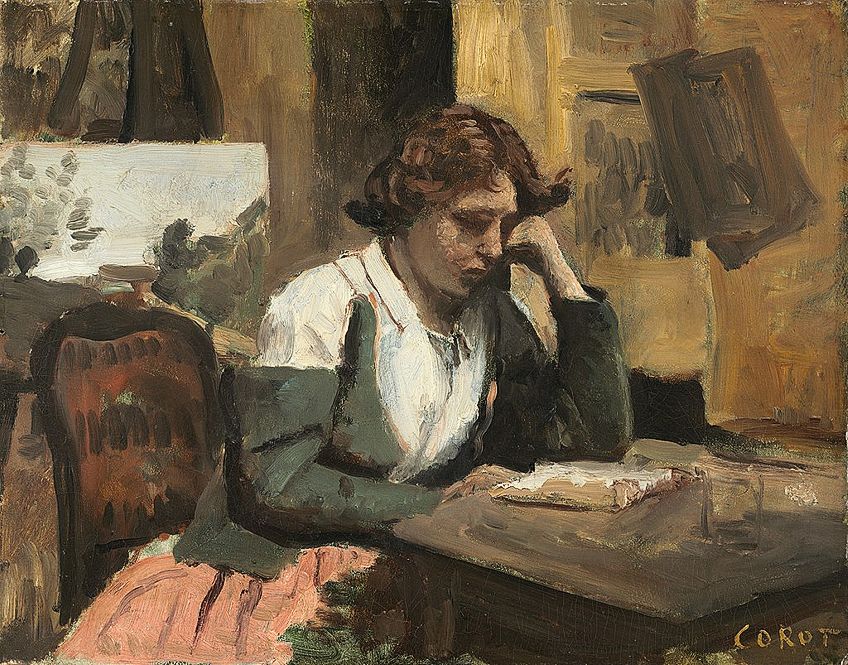






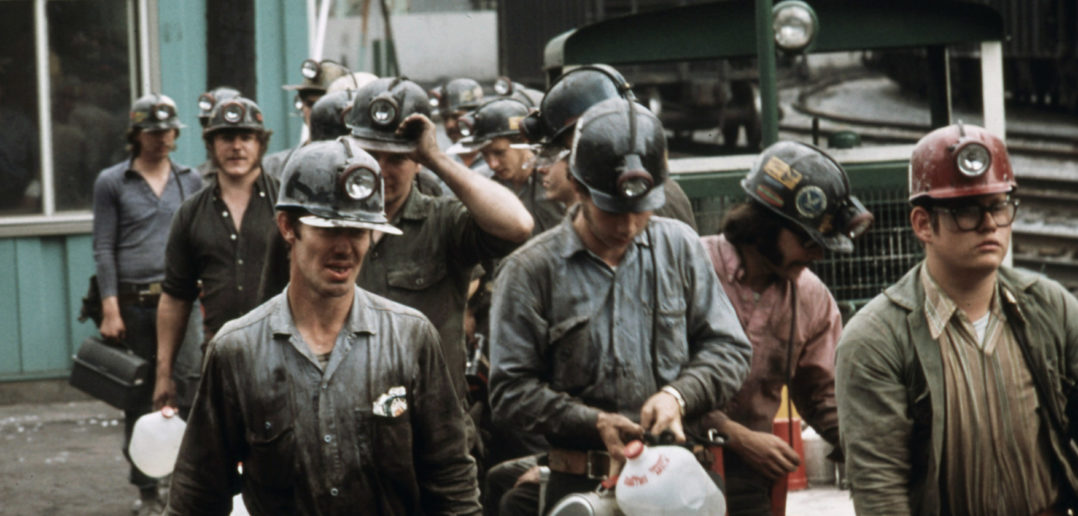










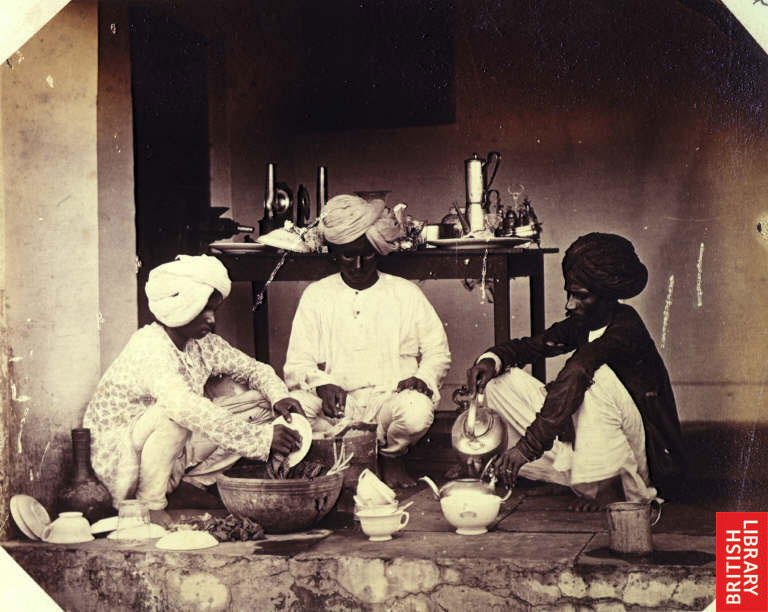


















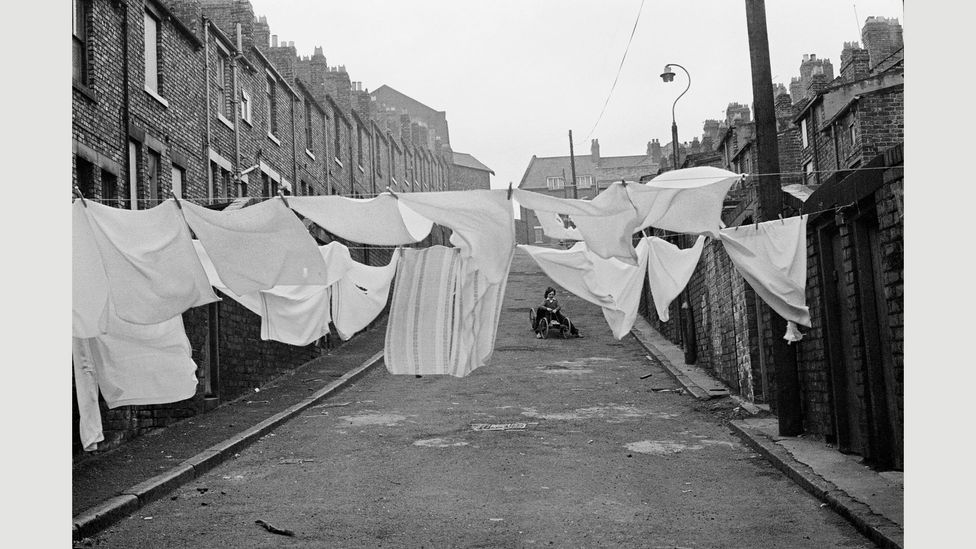











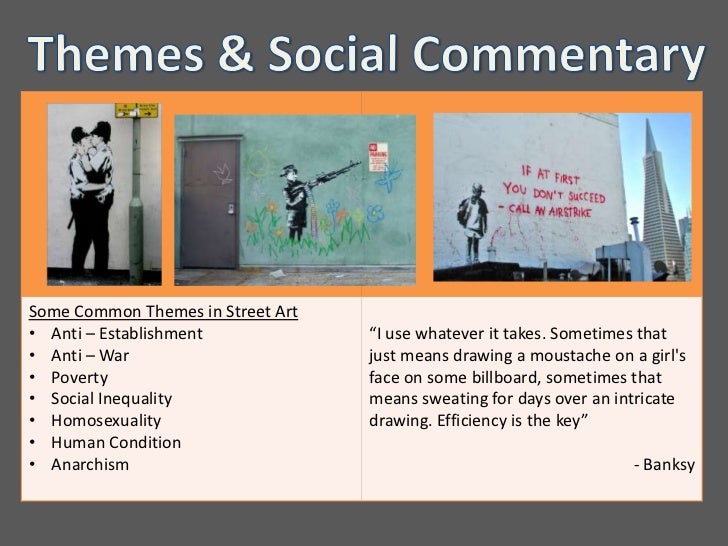



































.jpg)

/Getty_confrontational_rhetoric-43073746-58547b4e3df78ce2c33ad9a8.jpg)





















